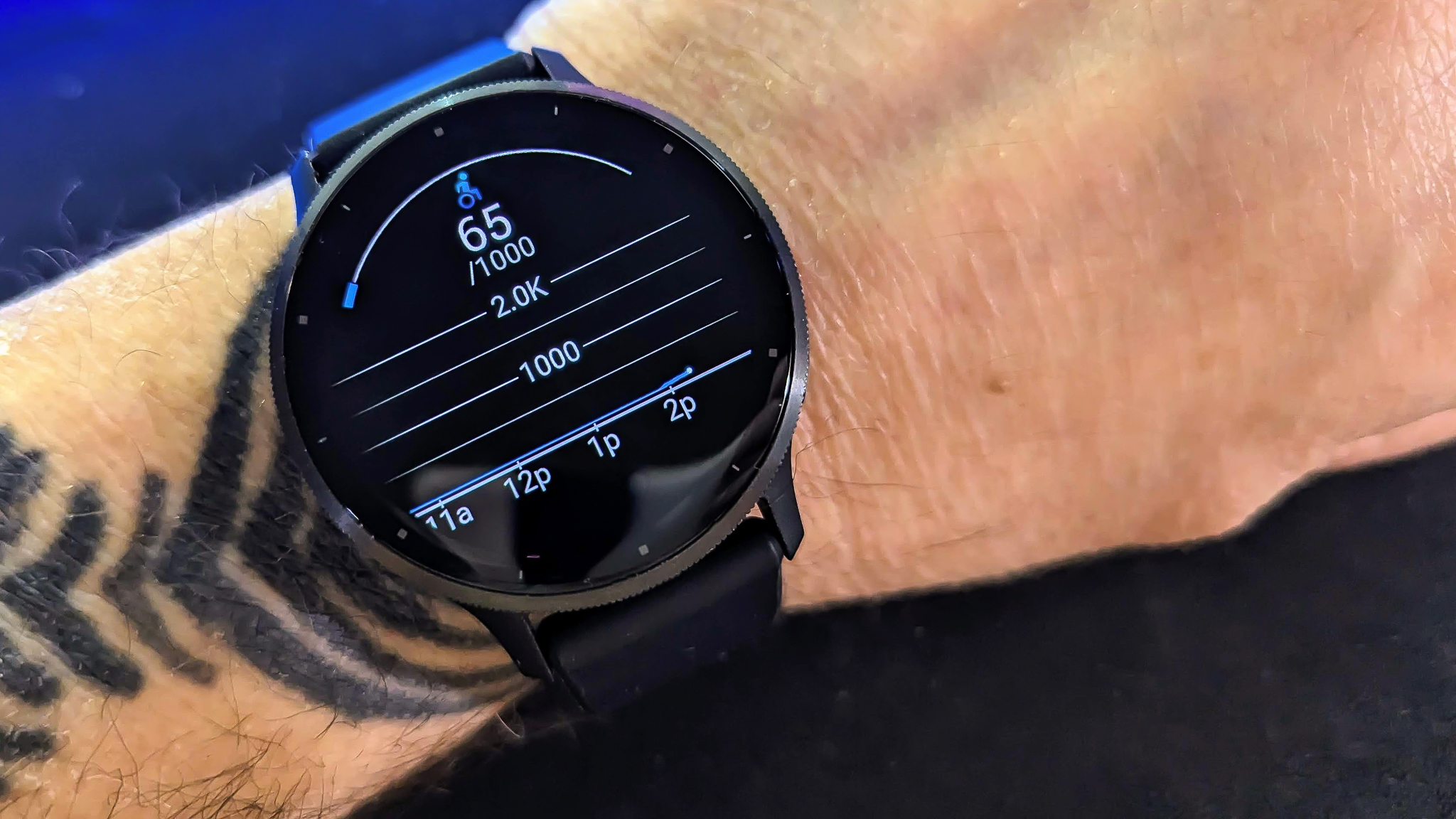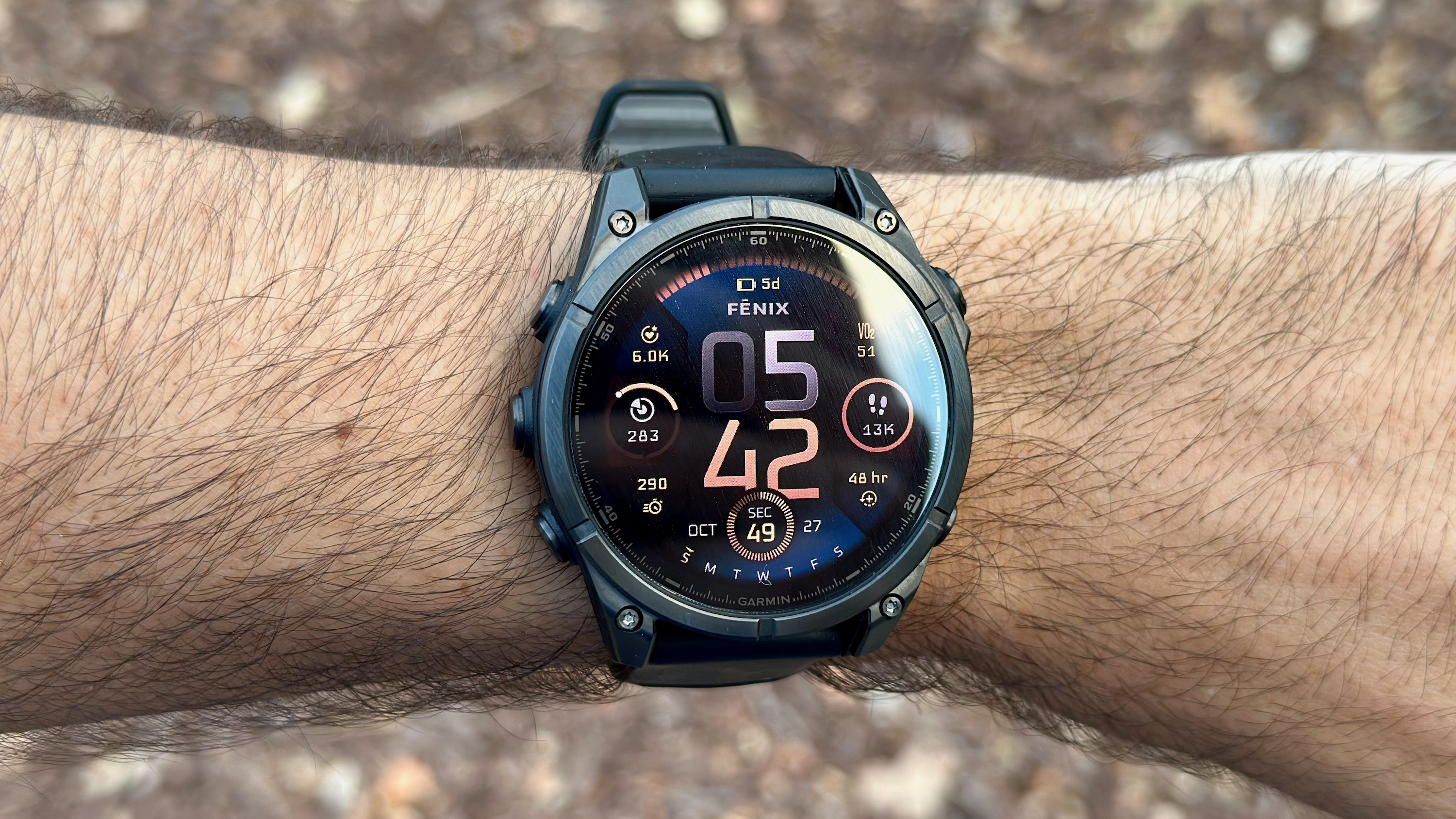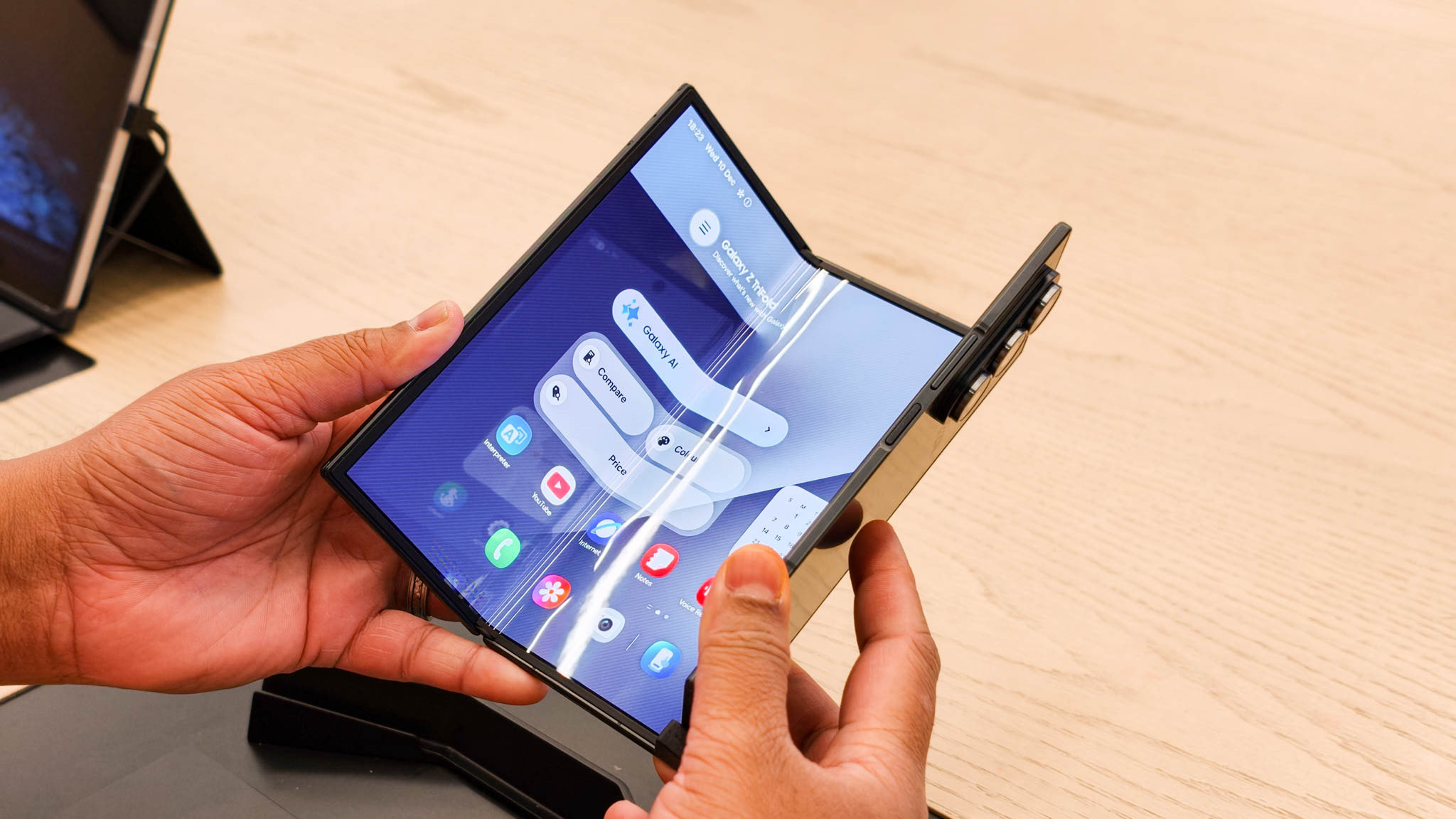Every feature Wear OS watches should borrow from Garmin
Beyond the obvious fitness upsides, Garmin watches have mapping tools and battery life perks that Pixel and Galaxy Watches could learn from.


My new weekly column focuses on the state of Wear OS, from new developments and updates to the latest apps and features we want to highlight.
Wear OS watch brands have gotten the memo: People want their smartwatches to focus on health and fitness as much as smarts and apps. Pixel and Galaxy Watches have become more competitive by copying fitness brands like Garmin (or using tricks acquired from other companies like Fitbit). But they still have a ways to go.
Before I became the Wearables lead for Android Central, I preferred fitness watches to traditional smartwatches, particularly Garmin watches. Now I'm focusing more heavily on Wear OS watches, which have perks Garmin can't offer. However, I also missed a lot of niche fitness tools and longer battery life when I switched to Wear OS — things that both serious athletes and "regular" people pay attention to when they choose their next watch.
I spoke to my colleagues Derrek Lee, Andrew Myrick, and Jerry Hildenbrand, who have all used both Wear OS watches and Garmin watches, to figure out what Wear OS should borrow from Garmin to become even better. Here's what we collectively came up with.
Dynamic training courses

Google Maps is one of the best tools on Wear OS, especially now that it has offline maps. But what it lacks are offline, downloadable courses for you to generate and follow for runs, hikes, and rides; you can only follow GPX maps using a couple of third-party apps.
With Garmin, you can download GPX files from apps like Strava to follow, with on-wrist turn-by-turn navigation and upcoming forks on trails. Or, with the "Create Course" tool, you drop a map pin, choose a distance and starting direction, and receive an automatic course that avoids inaccessible roads and uses the "Garmin Connect Trendline Popularity Routing feature to generate a course based on popular routes." Then you send it to your watch.
I have to assume that Google could offer better routes or heatmaps with its worldwide Maps data for pedestrians, the same way it shows real-time traffic for commuters. Now that Google Maps is adding Gemini AI, it should only get smarter over time at figuring out the best routes. I could even envision a Google Courses spin-off app of Maps that lets people create and share their favorite routes, tagging them for good hills or scenery. Then you could download and follow them on your Wear OS watch and compete against other runners' segment times like you can on Strava. Make it happen, Google!
As a side note, once Wear OS supports proper courses, it should also add the equivalent of Garmin's ClimbPro widget for runners and cyclists, showing the grade, distance, and total number of climbs left for a hard trail.
Get the latest news from Android Central, your trusted companion in the world of Android
Better pairing with accessories

Wear OS doesn't play nice with Bluetooth accessories besides wireless earbuds and a few exercise equipment machines. Any athlete who prefers the accuracy of an ECG chest strap or an optical armband is out of luck, except for some niche Wear OS apps with the capability; the same goes for niche tools like temperature sensors or form analysis pods.
The real problem is for serious cycling or MTB, though. Unlike Garmin, you can't connect your power meters or speed/ cadence sensors to see key data on your watch face during activities. Since these watches have the latest Bluetooth standard, this feels like an overdue no-brainer for Google.
Cater to more than runners

Garmin has specialized software for niche sports, from golf swing coaching and surfing wave tracking to ski maps and oxygen tracking for diving. That's a lot to ask for with standard Wear OS watches, but "premium" watches like the Galaxy Watch Ultra need to grow in these areas to attract superusers.
My gym-loving coworkers, meanwhile, dislike how basic Wear OS is for strength training. The Galaxy Watch can count reps somewhat decently for a few basic routines, while the Pixel Watch has nothing but calories and time. The newer Garmin watches have great rep-counting accuracy for over 1,000 exercises and even automatically enter rest between sets without input.
Garmin also shows animated guidance for proper form, muscle maps for each exercise's impact, and a new Garmin Coach plan for strength training on the Fenix 8, giving you weeks of routines that adjust based on your abilities. Wear OS has a lot of room to grow, in other words, and this is a much more common use case that a lot of people would appreciate.
And yes, make the running even better

As a runner, I was thrilled by the Pixel Watch 3's running focus, as it added customizable workouts with intervals, Cardio Load and Target Load, running form analysis, and daily workout recommendations — all in line with Garmin Forerunner tools. The Galaxy Watch 7 added dual-band GPS, delivering more accurate tracking almost on par with Garmin's.
Overall, Wear OS has improved for runners, but there's room to grow. Samsung has yet to offer a training load feature, falling behind Google and Apple in guiding runners' long-term progress. And Google's TL tool lacks Garmin's finesse because it doesn't differentiate between low/ high aerobic and anaerobic activities, which is the best way to improve your VO2 Max.
Neither Samsung nor Google offers the running power metric to judge your real-time effort level in tough conditions, a common running watch tool. More specific to Garmin, Wear OS could use some kind of recovery estimate calculator for judging how much rest you need after a workout or the Forerunner 965's ability to chart your improvement in Endurance or Hill scores over time.
Most simply, I'd like to see Fitbit and Samsung Health let you track your mileage for shoes and bikes so you know when it's time for a shoe or tire replacement.
Copy Garmin's wheelchair mode

My colleague Jerry Hildenbrand wrote last year about why the Garmin Venu 3's wheelchair mode made a smartwatch more viable for him than other brands. It swaps out "steps" for "pushes," but it's more than that: It focuses on "wheelchair physiology" to consider that your reduced muscle mass "restricts the maximum amount of aerobic energy you can produce" and that "upper body exercise typically produces greater physiological strain than lower body exercise at similar workloads."
Garmin's focus is laudable and rare; most other brands, including the Wear OS ones, have either perfunctory or nonexistent modes for wheelchair-bound folks and will happily encourage everyone to stand up and move when some users can't. That's why this Garmin feature is something Wear OS needs to imitate.
In the end, it's all about battery life

Google had to invent a Hybrid Interface and make watch faces boringly low-powered just to extend its Pixel Watch 3 battery life from one to two days, while the Galaxy Watch Ultra lasts three days. Meanwhile, just about any non-Wear OS fitness watch can last a week, and Garmin watches last anywhere from weeks to months with solar recharging.
These watches use basic, low-powered chips that can't handle speedy apps; Wear OS is too demanding to last long at full power, especially if it starts adding Gemini tricks. So plenty of people pick a cheap, simple watch so they don't have to worry about charging it often, and that's the biggest hurdle Wear OS has to overcome.
When I interviewed Qualcomm VP of Wearables Dino Bekis, he acknowledged this, saying the goal is to deliver "a week's worth of battery life," either with RISC-V or custom Oryon cores. I can only assume that Google, their client, is asking for this battery upgrade to compete with fitness watches in terms of their strengths.
If the hardware can't deliver a battery boost, then Wear OS needs to offer a better Battery Saver mode, like the one on the TicWatch Pro 5 Enduro that extends the lifespan to 45 days per charge — only without disabling all the features that make people want to wear a smartwatch in the first place. Because Garmin watches may not have apps, but they can still last a long time without cutting health tracking and background data.

Michael is Android Central's resident expert on wearables and fitness. Before joining Android Central, he freelanced for years at Techradar, Wareable, Windows Central, and Digital Trends. Channeling his love of running, he established himself as an expert on fitness watches, testing and reviewing models from Garmin, Fitbit, Samsung, Apple, COROS, Polar, Amazfit, Suunto, and more.
You must confirm your public display name before commenting
Please logout and then login again, you will then be prompted to enter your display name.
